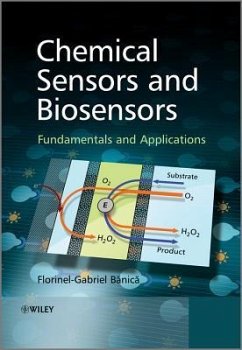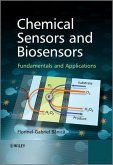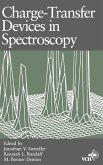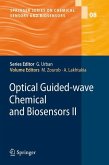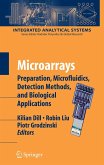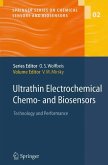Key features include: * Self-assessment questions and exercises * Chapters start with essential principles, then go on to address more advanced topics * More than 1300 references to direct the reader to key literature and further reading * Highly illustrated with 450 figures, including chemical structures and reactions, functioning principles, constructive details and response characteristics Chemical sensors are self-contained analytical devices that provide real-time information on chemical composition. A chemical sensor integrates two distinct functions: recognition and transduction. Such devices are widely used for a variety of applications, including clinical analysis, environment monitoring and monitoring of industrial processes. This text provides an up-to-date survey of chemical sensor science and technology, with a good balance between classical aspects and contemporary trends. Topics covered include: * Structure and properties of recognition materials and reagents, including synthetic, biological and biomimetic materials, microorganisms and whole-cells * Physicochemical basis of various transduction methods (electrical, thermal, electrochemical, optical, mechanical and acoustic wave-based) * Auxiliary materials used e.g. synthetic and natural polymers, inorganic materials, semiconductors, carbon and metallic materials * properties and applications of advanced materials (particularly nanomaterials) in the production of chemical sensors and biosensors * Advanced manufacturing methods * Sensors obtained by combining particular transduction and recognition methods * Mathematical modeling of chemical sensor processes Suitable as a textbook for graduate and final year undergraduate students, and also for researchers in chemistry, biology, physics, physiology, pharmacology and electronic engineering, this book is valuable to anyone interested in the field of chemical sensors and biosensors.

